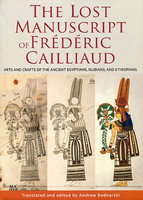New, Quality Gift Books - 50-90% off - over 2500 titles
Your basket is empty.
Categories History THEATER OF THE WORLD: The Maps That Made History
THEATER OF THE WORLD: The Maps That Made History
Book number: 93966
Product format: Hardback
In stock
Bibliophile price
£8.00
Published price
$35
Customers who bought this product also bought
|
HISTORICAL SEA CHARTS
Book number: 95097
Product format: Hardback
Bibliophile price
£14.00
Published price
£30
|
MONTY PYTHON SPEAKS! Revised and Updated Edition
Book number: 93468
Product format: Paperback
Bibliophile price
£2.75
Published price
£12.99
|
OVERPAID, OVERSEXED AND OVER THERE
Book number: 95282
Product format: Paperback
Bibliophile price
£4.00
Published price
£9.99
|
|
CAPTAIN JOHN SMITH, ADVENTURER: Piracy, Pocahontas
Book number: 95074
Product format: Hardback
Bibliophile price
£5.50
Published price
£19.99
|
JET WARS IN THE NUCLEAR AGE
Book number: 95101
Product format: Hardback
Bibliophile price
£8.50
Published price
£25
|
LOST MANUSCRIPT OF FREDERIC CAILLIAUD
Book number: 95104
Product format: Hardback
Bibliophile price
£16.00
Published price
£35
|
Browse these categories as well: History, Travel & Places













